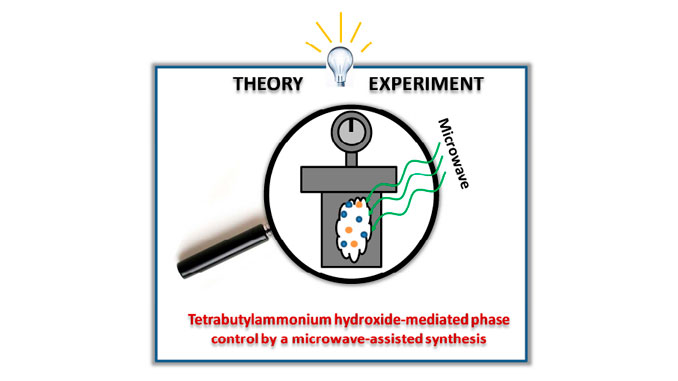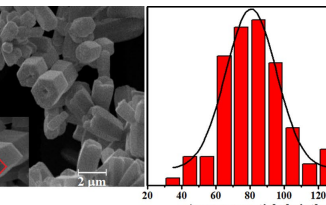
Writers: F. A. La Porta, J. Andrés, M. S. Li, J. R. Sambrano, J. A. Varela, E. Longo
Keywords: nanoparticles; method; performance
Abstract: The influence of tetrabutylammonium hydroxide on the phase composition (cubic zinc blende versus hexagonal wurtzite) of ZnS nanoparticles was studied. The ZnS nanoparticles were prepared by a microwave-assisted solvothermal method, and the phase structure and optical properties along with the growth process of ZnS nanoparticles were studied. We report XRD, FE-SEM, EDXS, UV-vis and PL measurements, and first-principles calculations based on TDDFT methods in order to investigate the structural and electronic properties and the growth mechanism of ZnS nanostructures. The effects as well as the merits of microwave heating on the process and characteristics of the obtained ZnS nanostructures and their performance are reported.
See PDF: Zinc blende versus wurtzite ZnS nanoparticles
DOI: 10.1039/c4cp02611j




